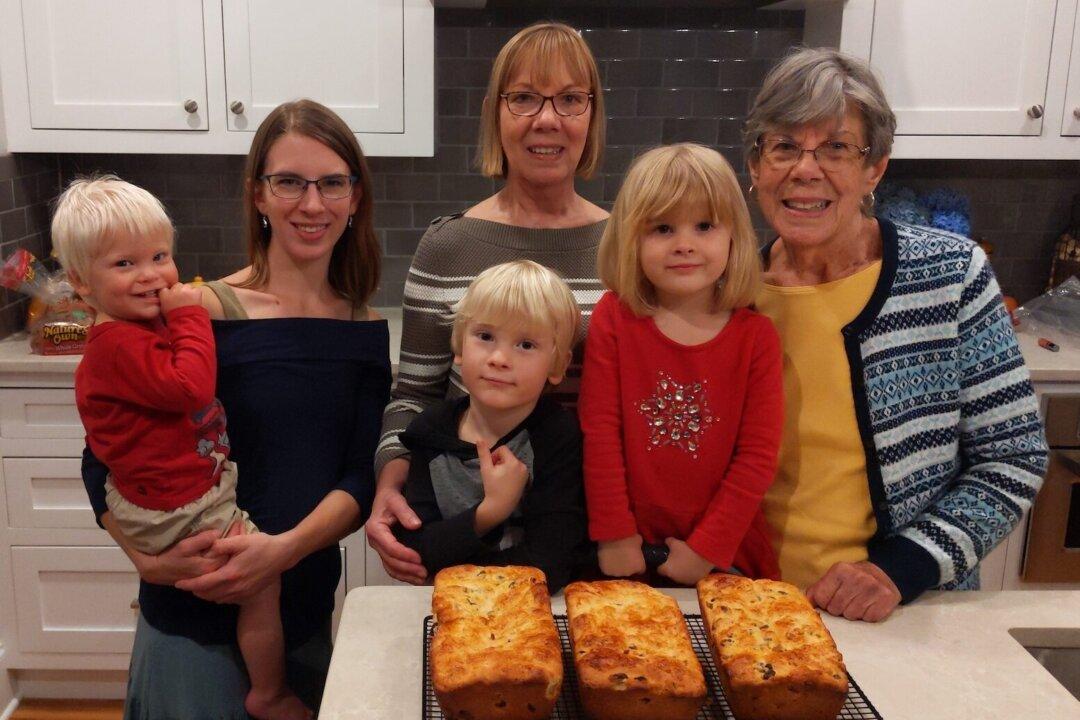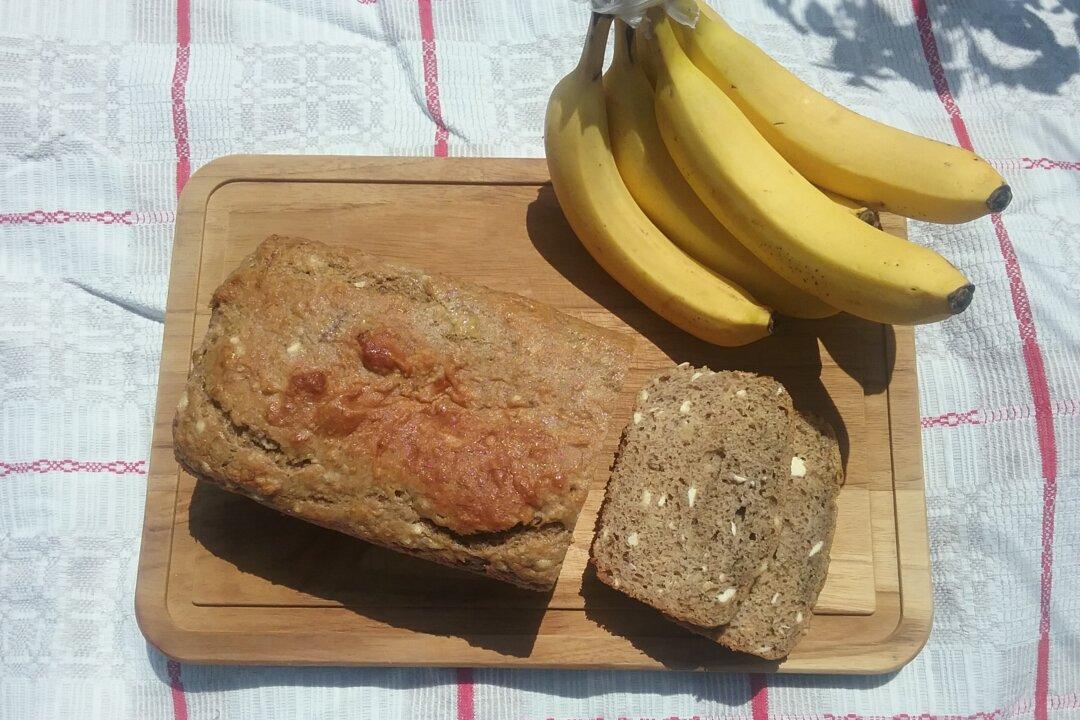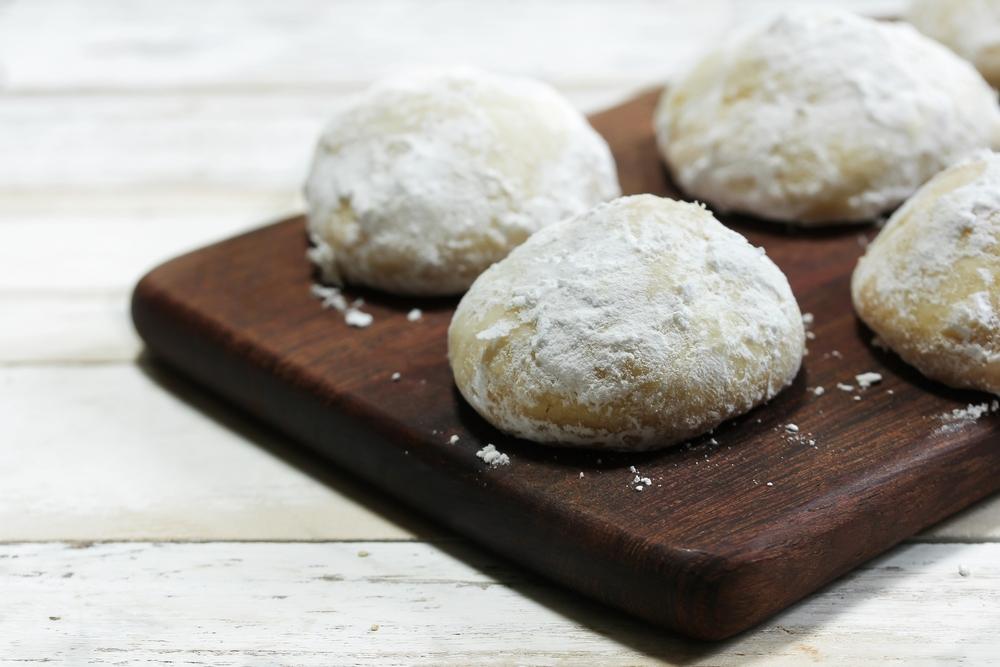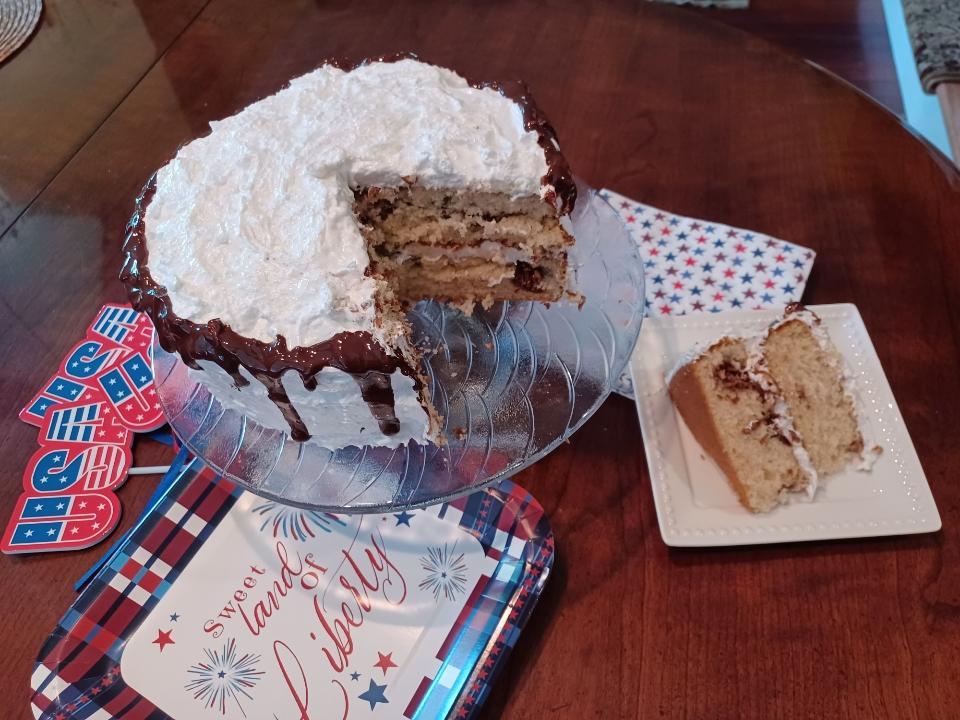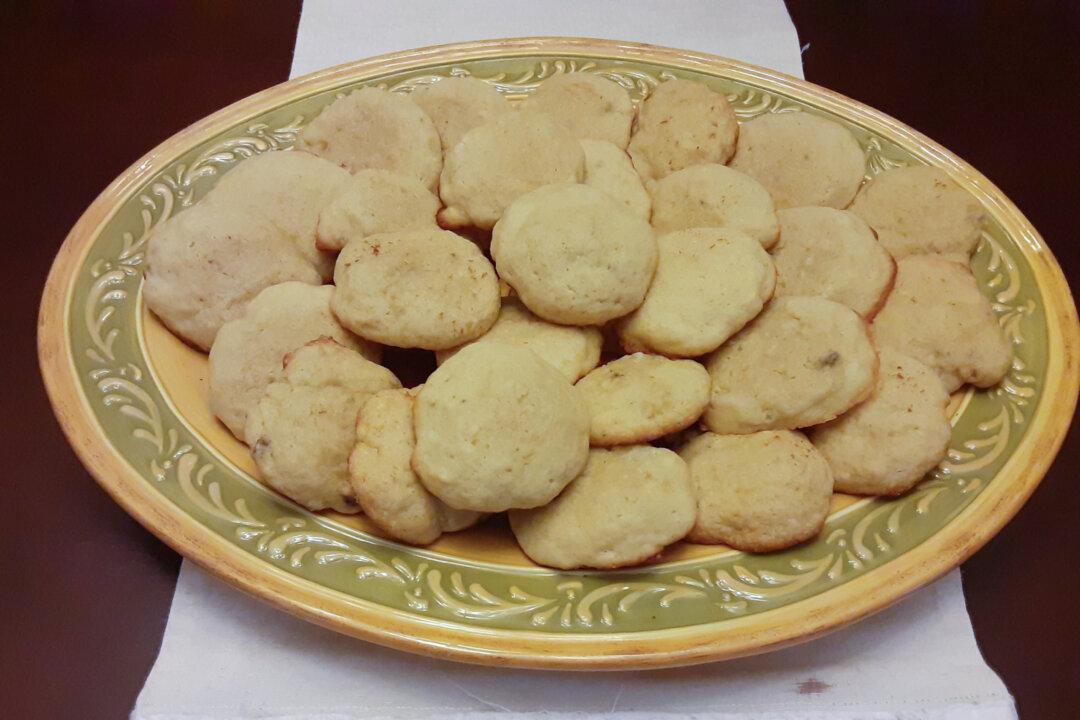Submitted by Doris Richardson, Georgia
One of my favorite memories and family traditions is that of making Siste Kage (Sosterkake) during Christmas. Actually, it’s my mom who makes it every year, without fail, and I help. She’s the expert, not really needing to follow the recipe exactly, and only checking to make sure she’s remembering the quantities correctly. Scalded milk, flour, black and golden raisins, eggs, and the very important spice, cardamom.

